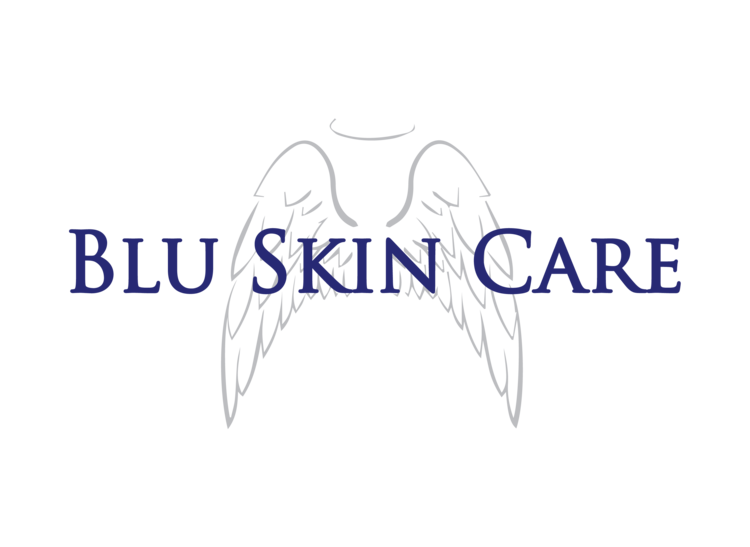Essential oils have wonderful benefits for the skin.
The following ten essential oils help remedy a number of skin conditions — from acne to aging, dryness to oiliness. And when combined with the right carrier oils (be sure to see the important essential oil guidelines at the end of the post), you will see absolutely amazing results.
The top 10 essential oils for skincare:
1.) CARROT SEED ESSENTIAL OIL
It has a rejuvenating effect on the skin. It not only works to help smooth skin, but assists with cell regeneration. For this reason, it can help to fade scars and improve the tone of aging skin. It’s also rich in antioxidants, helping to neutralize inflammation and wrinkles causing free radicals.
2.) FRANKINCENSE ESSENTIAL OIL
This is a fantastic oil for all skin types. It has antibacterial and anti-inflammatory benefits to the skin, making it great for acne-prone skin. It is also a natural toner, decreasing the appearance of pores and evening skin-tone. It encourages new cell growth, helping to tighten skin and reduce wrinkles and the appearance of scars. It also helps soothe chapped, dry skin.
3.) GERANIUM ESSENTIAL OIL
This oil helps regulate oil production and reduces acne breakouts. It also helps improve skin elasticity and tighten skin, reducing the appearance of wrinkles. It also promotes blood circulation to the areas where it is applied, helping to heal bruises, broken capillaries, burns, cuts, dermatitis, eczema, ringworm, and other skin conditions.
4.) LAVENDER ESSENTIAL OIL
This one helps you to relax and your body adapt to stress. It helps regenerate skin cells so it's great for mature skin, sun spots, and scarring. Another great oil for all skin types and needs.
5.) MYRRH ESSENTIAL OIL
This oil greatly benefits aging skin. It has strong anti-inflammatory properties that help improve skin tone, firmness, and skin elasticity, reducing the appearance of fine lines and wrinkles. Myrrh can also help heal sun damage, chapped skin, rashes, and eczema.
6.) NEROLI ESSENTIAL OIL
This oil is great for oily, sensitive, and mature skin. It helps to smooth fine lines and tone sagging skin. This rejuvenating oil contains a natural chemical called citral, which helps regenerate cells. For this reason, it is said to be very good at preventing and healing stretch marks, as well. Its antiseptic properties also balance oil production and shrink the appearance of pores without drying skin.
7.) PATCHOULI ESSENTIAL OIL
This oil is particularly great for aging skin. It promotes new cell growth and smooths the appearance of fine lines and wrinkles. Because it also has antiseptic, antifungal, and antibacterial properties, it can also benefit skin conditions such as eczema, dermatitis, psoriasis, and acne.
8.) ROSE ESSENTIAL OIL
It's especially great for dry or aging skin. Researchers have found that it contains several therapeutic compounds known to promote healing, especially antimicrobial and anti-inflammatory compounds. As a result, rose essential oil helps refine skin texture and tone, and can be helpful with managing skin conditions such as psoriasis and dermatitis. Interestingly, one study even found that just inhaling rose essential oil inhibits water loss in the skin!
9.) TEA TREE ESSENTIAL OIL
It is one of the more well-known essential oils for acne-prone skin. Its antibacterial properties help ward off acne-causing bacteria and assist wound healing. It also helps to regulate oil production, which can decrease the severity and incidence of breakouts.
10.) YLANG YLANG ESSENTIAL OIL
It helps to control oil production and minimize breakouts. It also helps regenerate skin cells, smoothing fine lines and improving skin elasticity. Another great essential oil for every skin type.
Don't forget to check out our amazing line of USDA Certified Organic Skin Care products at www.bluskincare.info.
Some important essential oil guidelines to remember:
Essential oils should be diluted in a carrier oil to a maximum of 5%. Since 1 ml is 20 drops, for every 1 ml of carrier oil, you would add 1 drop of Essential Oil. And since 1 oz is 29 mL, for every 1 oz of carrier oil, you would add no more than 29 drops of essential oils. Opinions on proper dilution ratios vary, and some people believe even a 5% dilution to be too strong. So you may want to add even less, such as 15 drops of essential oils per oz of carrier oil, which would be a 2.5% dillution. This depends on your unique skin and how it responds to the higher dillution rate (such as if you experience any irritation).


